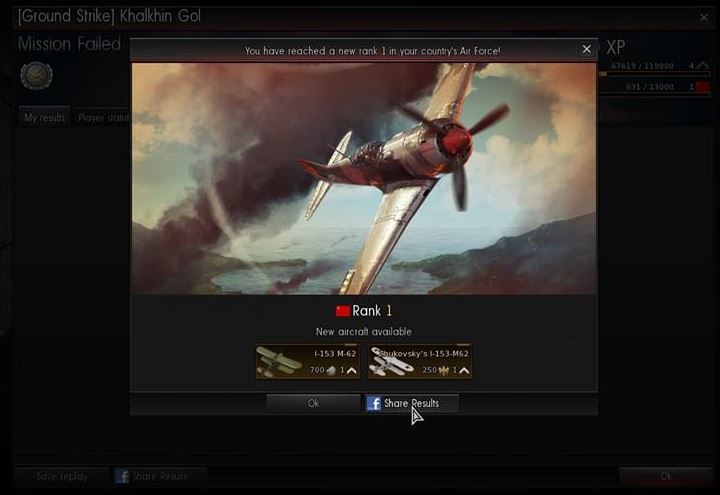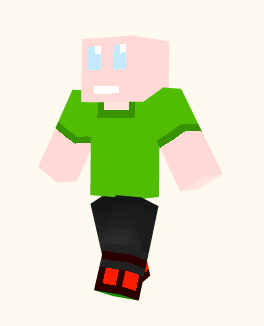I’ve always been intrigued by the use of games in learning. I think I’ve always framed this, though, as a teacher and a non hard core gamer. I’ve played games that range from card games to console games to online games and always ended up rage quitting or bored. But on reflection there were things I learned from playing games that weren’t just high scores or earning badges. I learned that persistence pays off; failure is a part of learning; that sometimes the way to solve a problem that seems most obvious isn’t always the most efficient (or fun) way to get there; that finding a shortcut isn’t always called cheating; and, relationships matter – there are people out there that can help you if you get stuck. Pretty much the sort of things that I want my kids to discover about life both at home and in class.

I’ve been wanting to use games for learning for a while. I’ve dabbled with consoles, and (in hindsight) a clunky attempt at using levels and badges to “gamify” my practical classes.
When I worked at PLANE, (check out the Leornian trailer) I learned a lot about people using games and virtual worlds to support learning in their schools. Minecraft stuck out as a place I wanted to explore – not just as a gamer, but as a teacher. This year our time has come.
I’m really lucky to have had cluey people to learn from. Massively Minecraft was something I’d heard of via Dean Groom, Bron Stuckey and Nick Patsianas. Even more fortuitously, Nick is a student at my school and has been working hard at getting Minecraft to work through the NSW DET portal for students. Our paths finally converged this term.
My Year 7 class has begun a PDH unit called “Respectful Relationships”. I saw this as a topic with great potential to explore using Minecraft, and enlisted Nick’s outstanding technical help to get the idea off the ground. We worked up the unit concept with some people from the OzMinecraft Educators Edmodo group that regularly meet online to play and design ideas. Our working document is here – I’m happy to share it.
I’ve renamed the boring “Respectful Relationships” unit to “Building Bridges”. The planning document explains the rationale behind this. I love the idea that building in the virtual and real worlds will become an amalgam of learning that means something more than just a theory lesson.
We (the class, Nick and I) have met and established a Charter of Class Values (based on the kids ideas, not mine). Today we started with Minecraft and I was blown away with the happenings. I saw things that we don’t usually assess for, but are core to being responsible adults. In no particular order:
- We had to work out who got what island. I had a “lucky dip” planned, but the Nick suggested (to the class) that they should negotiate island ownership. My first reaction was “it will never work”. WRONG! The kids all had desires for certain islands, for whatever reason, but they were prepared to negotiate with competitors (and sometimes miss out on first choice) and in the end we had no arguments at all. I heard someone say “why argue – there’s an island for everyone – just be patient”!
- Patience and teamwork – Nick had to explain some complicated log in procedures, and there was virtually no shouting or yelling out- they waited and voluntarily helped the people who weren’t sure.
- Engagement – The bell rang for recess, and no-one moved. Nick and I had to prompt them to leave. Many asked could they stay to finish their work. I was amazed (and a little bit pleased too)
From next lesson, we will set the class challenges in world. They will reflect in a journal about their experiences. I can’t wait!


Congratulations! Sounds like a great hit with your students and it will be very interesting to hear about the ripple effects of such engagement! May every lesson in this project be that straight forward!
Cheers, Deb (GRC Penshurst Girls Campus)
Hi Deb. I really don’t have a problem with just letting things go and seeing where we end up. The interesting part I think be seeing what the kids make of it all.
Hey, Mr. Jonesy I am a student from the University Of South Alabama. I am currently trying to earn my degree to become a Physical Education teacher. I was lucky enough to get assigned to your blog this week and truly enjoyed this post. This is a very interesting idea and seems like a lot of fun the best part is how you are allowing the students to be such a big part of this.”I learned that persistence pays off; failure is a part of learning; that sometimes the way to solve a problem that seems most obvious isn’t always the most efficient (or fun) way to get there; that finding a shortcut isn’t always called cheating; and, relationships matter – there are people out there that can help you if you get stuck.” This is so true and this is one of the many reasons I want to become a Physical Education teacher being able to teach students through games and activities. One of the hardest things for me to learn growing up was learning how to lose or fail. The best part of failing is the motivation it gives you to keep trying and do better next time. Thanks for allowing me to read your blog.
Kristy Burton
Hi Kristy, and thanks for your interest in my posts! I was initially teacher centered in my approach, but once I saw students buy into their own learning I was convinced it’s much more authentic. Good luck with your studies and keep in touch. On Twitter, follow the #pegeeks tag for lots more exciting PE stuff 🙂 Jonesy
Hi Jonesy,
Would you be willing to share your world with me? I am working with a group of Gifted Ed kids who need to work on building relationships, and I love the idea of them “building bridges” in a virtual world. It will tie in with the balsa wood bridge building we will be doing later this year in class. I am very impressed with your paper describing the project. Great wor!
No problems, Brenda. I’m feeling my way too, but I can share what I’ve learned so far 🙂